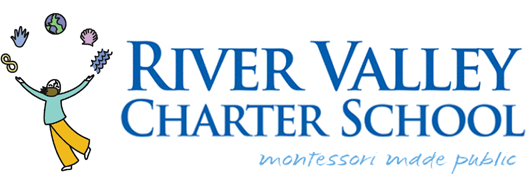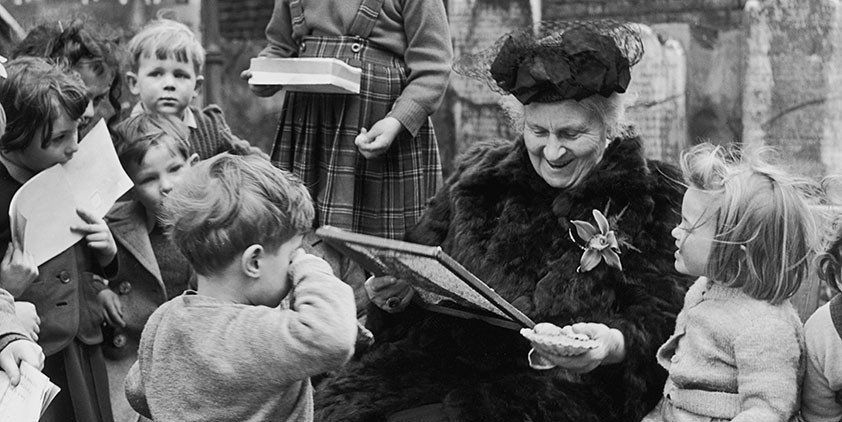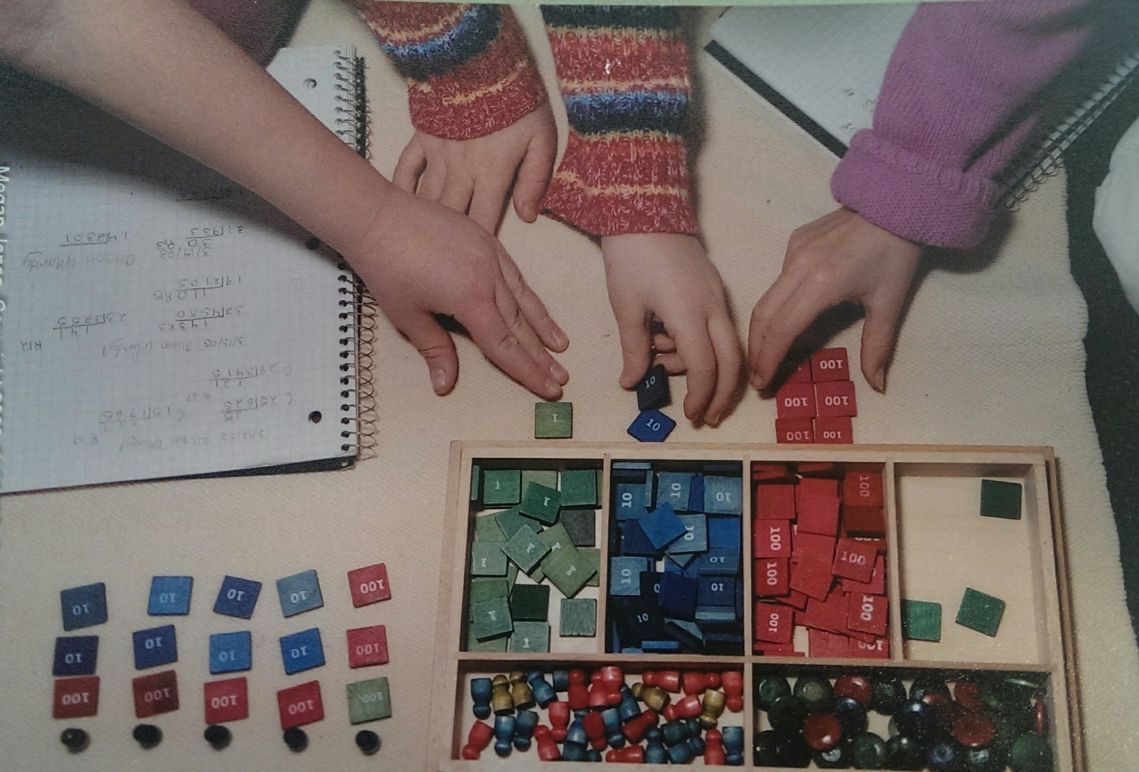The River Valley Charter School educational program is based on the Montessori philosophy and methodology. Dr. Maria Montessori, the first female physician in Italy, began working with children in the early part of the century. At the request of local councilmen, she opened a childcare facility in the tenements of Rome where children were not being supervised as a result of their parents need to work. She agreed to get involved with this venture as long as she could determine how best to work with the children. In 1906, Casa de Bambini (House of Children) was opened.
Dr. Montessori continued with her medical practice, but she observed daily at the childcare facility. Through her observations, she realized children learn on their own, and that adults need to provide the environment and materials to assist in the process. Dr. Montessori began to develop materials for the children to work with as she trained her staff as guides for the children. It was not long before very young children were reading, and many people around the world were taking note of this great accomplishment. Casa de Bambini observers would ask Dr. Montessori how she had taught these young children to read and she would say, "Do not look at me, look at the children," for it is in the children where all elements of intelligence lie in wait for the adult to allow the learning to occur.




